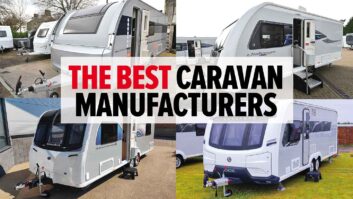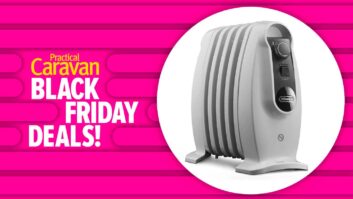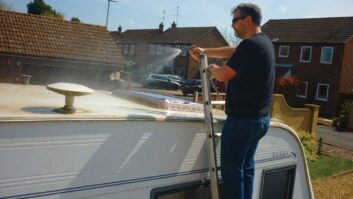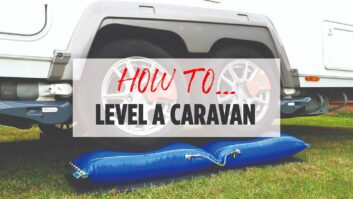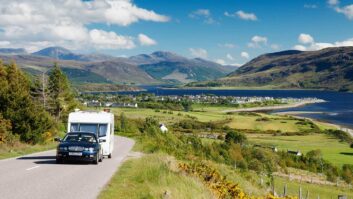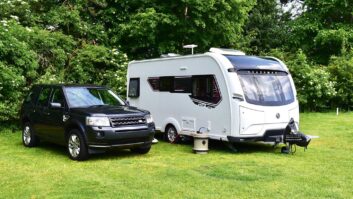If you’re thinking about touring this winter, it’s essential that your heating system is working correctly and that you’re familiar with how to get the best out of it in the colder months.
This may sound a bit simplistic, but if you mainly tour in high season, then it’s quite possible that you haven’t needed to give your van’s heating a real workout.
Yet this will be vital if you’re considering staying on sites over the winter, when temperatures at night will typically hover around zero degrees or lower. This may sound terrifying, but it needn’t be. Heating systems fitted to modern caravans will keep you warm in these conditions, and improvements to insulation mean that more of the precious heat generated will stay where it’s needed – in the van.
The leading suppliers of caravan heating systems are Truma and Alde. Truma’s blown-air system is fitted to most new caravans on the market, although Alde’s wet central heating system is gaining in popularity. Both systems can work off electricity, gas or a mix of the two, giving you the best of both worlds.
The usual Truma configuration consists of the Trumatic S3002 gas heater, complemented by an Ultraheat 230V electric heater. Heat is distributed throughout the caravan by a Trumavent fan unit, which pumps warm air through pipes and vents fitted behind and underneath the tourer’s cabinetwork.
The Alde system is similar to domestic central heating. Fluid is heated by a boiler and circulates through radiators fitted along the van’s walls. The same boiler provides the van’s hot water.
We’ve asked the experts at Truma and Alde for tips on how to get the most out of your van’s heating this winter. Although blown-air and central-heating systems work differently, the principles are the same.
Follow this advice and you’ll be warm and toasty this winter, whatever the weather:
- Use gas and electricity sources together for more efficiency.
- Use propane (orange bottle) instead of butane (blue bottle), as it works at lower temperatures.
- Don’t let the van get too cold – use an even temperature rather than bursts of high heat.
If you mainly tour in high season, it’s possible that you haven’t needed to give your van’s heating a real workout
